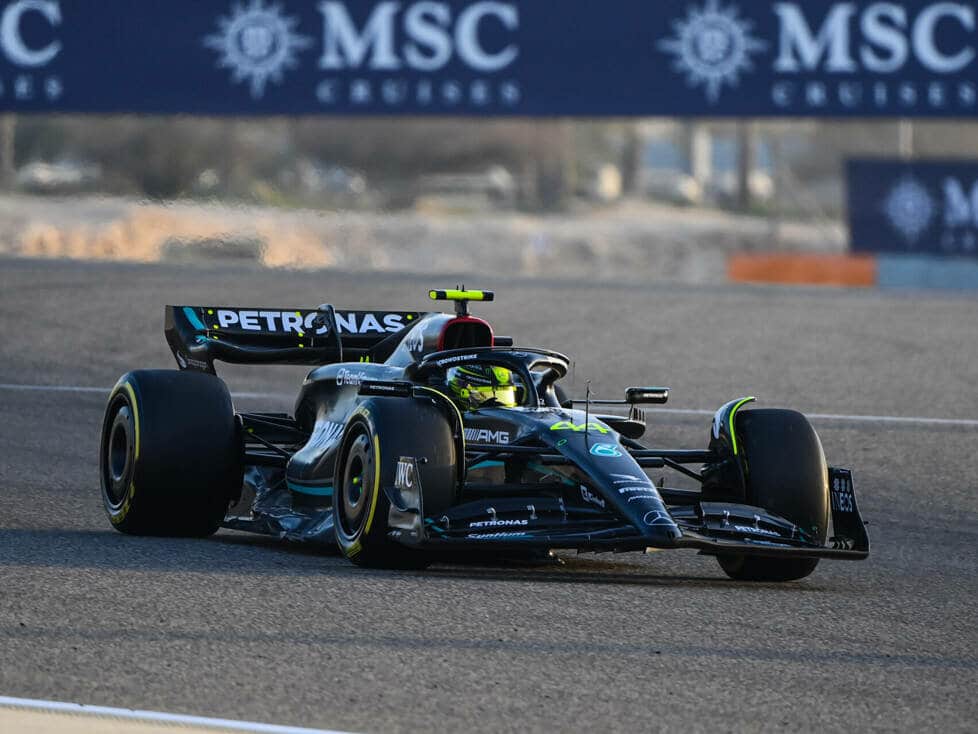The FIA has revised its rules regarding extraordinary test events: F1 teams face more testing time, but also greater restrictions
Formula One teams will have more freedom over film days next year after the FIA approved a rule change allowing greater mileage. With Formula One testing opportunities so limited, teams have often had to use film days to test their new cars ahead of an official event.
To date, teams have only been allowed to cover 100 kilometres on such film days – the equivalent of less than 20 laps of a typical track. However, following a vote in the FIA’s World Motor Sport Council, this mileage has been doubled with immediate effect.
Teams are now allowed to drive a total of 200 kilometres, which means that on a track like Silverstone, where they could previously only do 16 laps, teams are now allowed to do 33 laps.
This will be particularly beneficial for pre-season testing, where teams try to iron out any problems with the new cars. Typically, teams would complete a film day either immediately before pre-season testing or immediately after.
The FIA also included a clause in the new rules to clarify that of the two film days allowed to teams over the course of a season, “only one may be conducted per team per day”.
Other restrictions on film days, which are officially classified as promotional events, remain unchanged. These include that the cars must be equipped with an FIA ECU and that test tyres specially manufactured for such events are used.
In addition to the two promotional events, teams are also allowed two demonstration events where they can drive their cars for a maximum of 50 kilometres. However, teams will no longer have to inform their competitors if they participate in one of these events.
Other changes to the 2024 testing rules include the fact that pre-season testing, which will take place in Bahrain, will last from 10am to 7pm each day, rather than 7.30pm as last year.
New regulations for components
The FIA has also revised the regulations for tests with old cars. It has been clarified that all components used on such machines must have previously been used at a race weekend.
A revised Article 10.2 C) states: “Cars may only use components and software of a specification that have been used in at least one competition or test of a current car in a championship season.”
This prevents teams from using brand new parts on an old car to test it outside the testing restrictions. In addition, a new clause prohibits any systems or parts during testing of old cars that can provide information for current machines.
“No test parts, sensors, instruments, test software, component modifications, operational tests or procedural tests are permitted that provide the competitor with any type of information that relates to current championship cars,” a new rule states.
It goes on to say: “For the avoidance of doubt, only instruments and sensors that are necessary for the reliable operation of the vehicle and have been fitted at one or more races during that period are permitted. “





